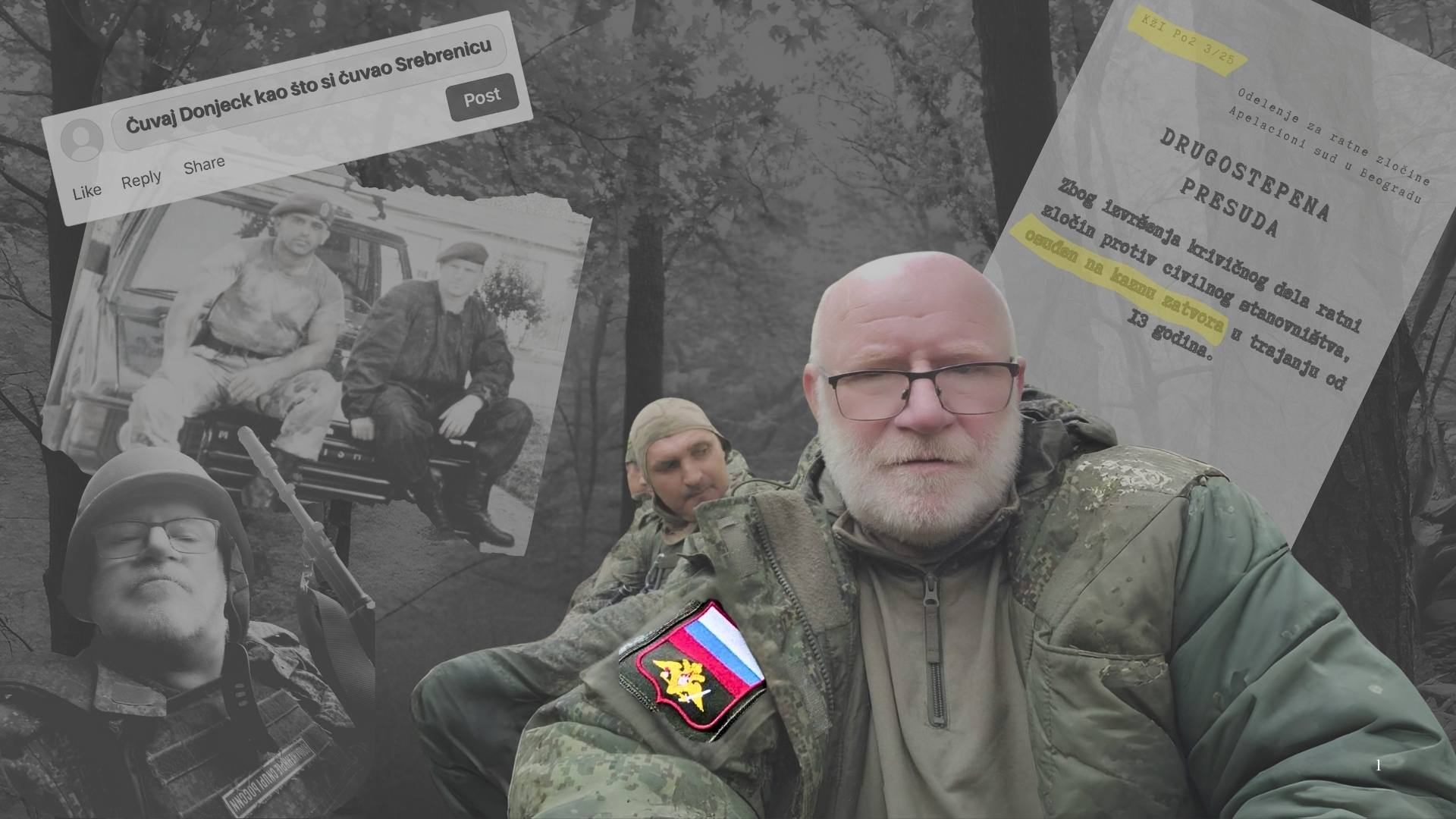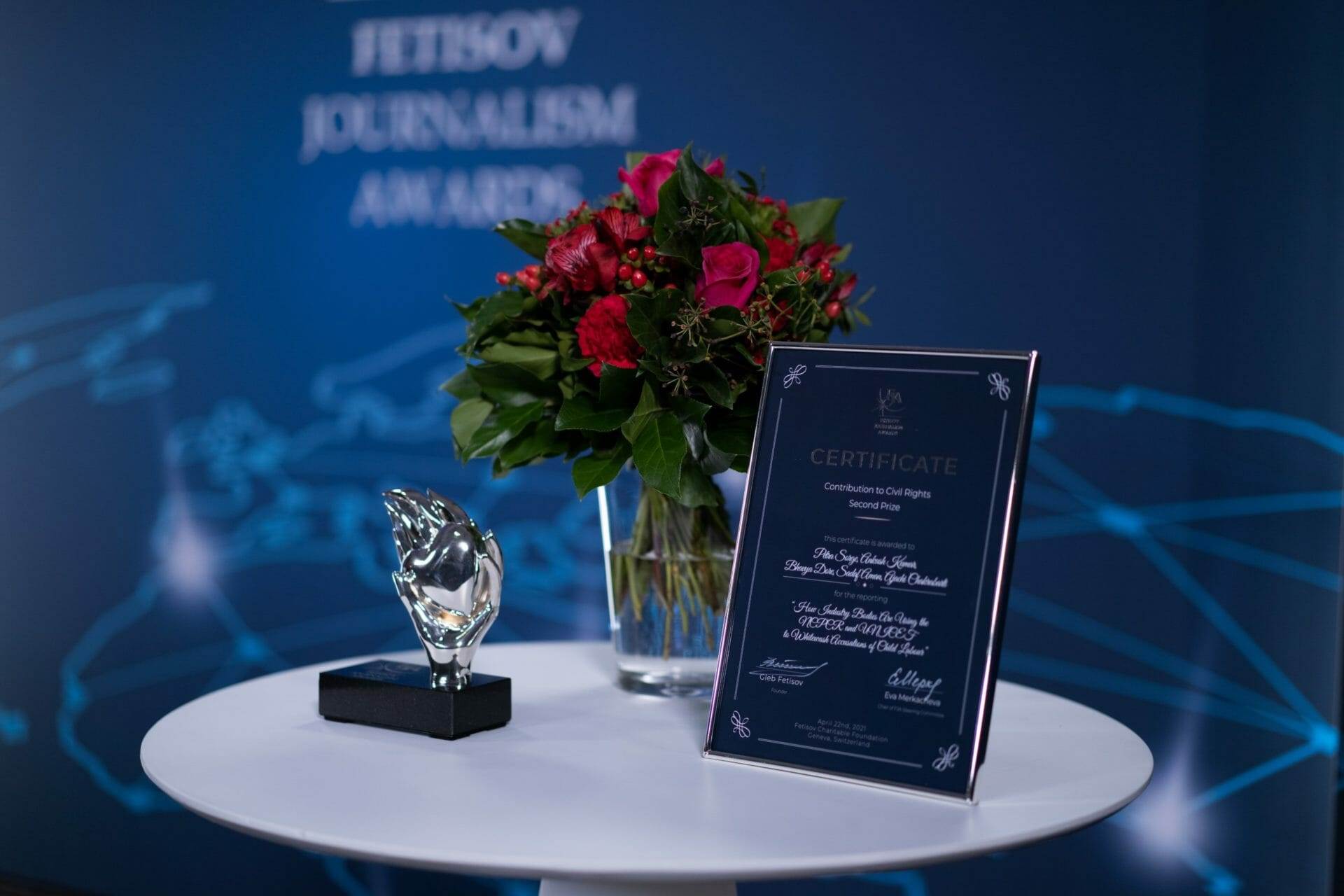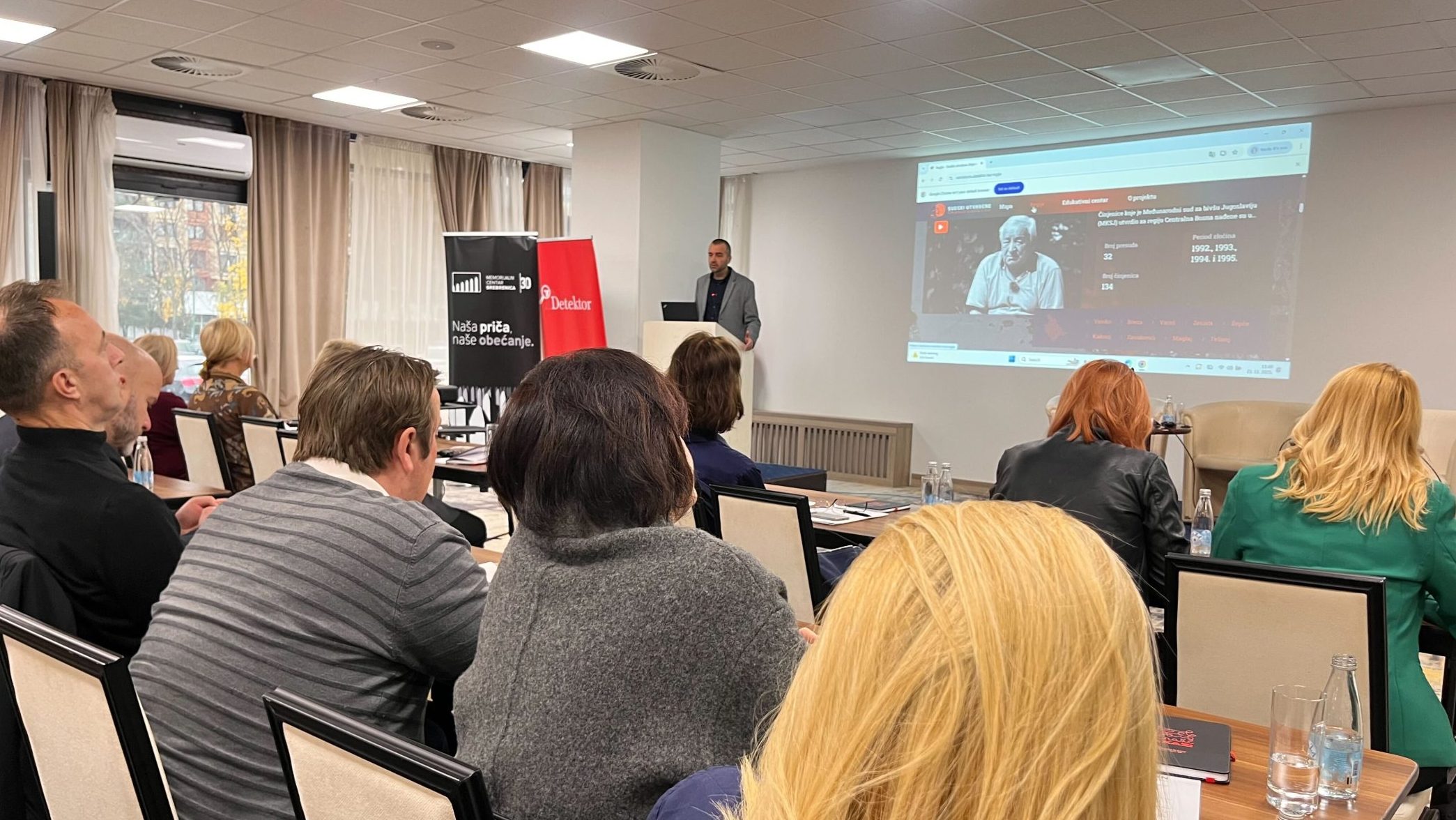This post is also available in: Bosnian
Testifying of the defence at the Hague Tribunal, Karadzic entered into written evidence two almost identical statements from the former officers in the Bosnian Serb army, Mile Sladoje and Zoran Kovacevic.
Both witnesses said that their units with the Sarajevo-Romanija Corps only defended Serb neighbourhoods and that they did not attack civilians in Sarajevo.
As they said, the Corps Command issued an order, saying that civilians should not be used as targets. However, the two witnesses allowed for the possibility that civilians in Sarajevo were collateral damage when Bosnian Serb army responded to the Bosnian army attacks from civilian areas in the city.
According to Sladoje and Kovacevic, the Serb side aimed at preventing the breakthrough of the 1st Corps of the Bosnian Army from Sarajevo and its advancement to other battlefields in Bosnia.
While being cross-examined by the prosecutor Caroline Edgerton, Sladoje, former Commander of a battalion with the First Sarajevo Brigade in Nedzarici, confirmed that fire was opened at civilian quarters from the battalions positions in response to enemy fire, despite the high risk of causing civilian victims.
However, he said that no exclusively civilian neighbourhoods existed in that part of Sarajevo and that there was a unity of civilians and the Army.
How can you expect us not to respond to fire endangering us…It was not possible to open fire at military targets without endangering civilians, because they were there…This is why there were collateral victims, Sladoje said.
He expressed a suspicion that the Bosnian army opened fire at its own population in several incidents, which resulted in death of Sarajevo citizens, in order to blame the Serbs.
The other witness, Kovacevic, a former artilleryman with the Vogosca and 1st Sarajevo Brigade, who was deployed to battlefields near Zuc, said that the Bosnian mortars were located in the vicinity of civilian buildings, including the obstetrics clinic.
As he said, the Bosnian Serbs therefore undertook measures to prevent civil victims and decided not to respond to fire in several cases.
On Tuesday, Karadzic also called Velimir Dunjic, former Commander of the Igman Brigade with the Bosnian Serb Army who said that his forces did not commit crimes on the Sarajevo battlefield in 1992 and 1993.
Dunjic said that his Brigade exclusively defended the six North-Western Sarajevo municipalities, where tens of thousands of Serbs lived, during offensives by the Bosnian Army.
Karadzic, former president of Republika Srpska, faces ten charges of genocide and crimes against humanity during the Bosnian war, including the Srebrenica genocide and the siege of Sarajevo.
Karadzics trial is due to continue on Thursday.


